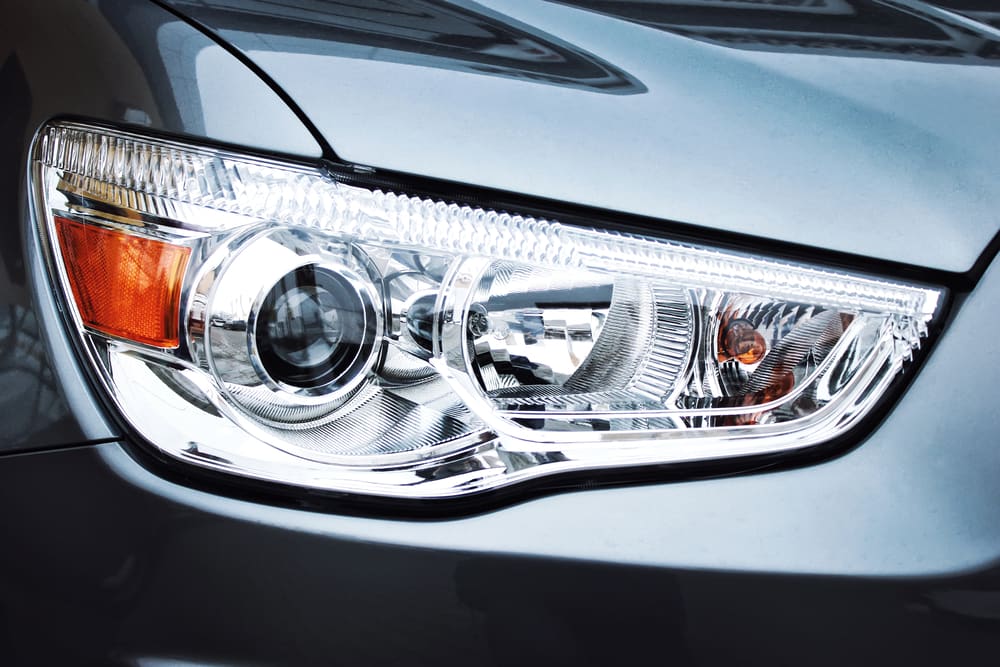How Hikari Led Headlight can Save You Time, Stress, and Money.
A research experiment performed in the UK in 1968 using tungsten (non-halogen) lights found that visual skill is about 3% better with selective yellow headlamps than with white ones of equivalent strength. Research performed in the Netherlands in 1976 concluded that yellow and white headlamps are comparable as relates to traffic security, though yellow light causes less pain glare than white light. hikari led headlight.
Selective yellow headlamps are no longer typical, but are permitted in various nations throughout Europe [] along with in non-European locales such as South Korea, Japan and New Zealand. In Iceland, yellow headlamps are allowed and the lorry guidelines in Monaco still formally require selective yellow light from all lorries' low beam and high beam headlamps, and fog lights if present.
The required for yellow headlamps was enacted to decrease driver fatigue from pain glare. The requirement at first applied to vehicles registered for roadway usage after April 1937, however was meant to extend to all vehicles through retrofitting of selective yellow lights on older cars, from the start of 1939. Later on stages of the application were disrupted in September 1939 by the break out of war. [] The French yellow-light required was based upon observations by the French Academy of Sciences in 1934, when the Academy recorded that the selective yellow light was less spectacular than white light which the light diffused less in fog than green or blue lights. [] Yellow light was acquired by dint of yellow glass for the headlight bulb or lens, a yellow finishing on a colourless bulb, lens, or reflector, or a yellow filter in between the bulb and the lens.
The mandate was in effect up until December 1992, so for numerous years yellow headlights aesthetically significant French-registered cars and trucks anywhere they were seen, though some French chauffeurs are said to have actually changed to white headlamps despite the requirement for yellow ones. The requirement was criticised as a trade barrier in the car sector; French political leader Jean-Claude Martinez explained it as a protectionist law.
More generally, country-specific vehicle technical regulations in Europe were considered as a costly problem. In a survey published in 1988, car manufacturers provided a series of responses when asked what it cost to supply a vehicle with yellow headlamps for France. my blog General Motors and Lotus said there was no additional cost, Rover said the additional cost was marginal, and Volkswagen stated yellow headlamps included 28 Deutsche Marks to the expense of automobile production - hikari led headlight.
An arrangement in EU Council Instruction 91/663, released on 10 December 1991, defined white headlamps for all new vehicle type-approvals given by the EC after 1 January 1993 and specified that from that date EC (later EU) member states would not be permitted to refuse entry of a lorry meeting the lighting requirements included in the changed documentso France would no longer be able to refuse entry to a car with white headlights.
Not known Facts About Hikari Led Headlight
Though no longer required in France, selective yellow headlamps stay legal there; the existing guideline specifies that "every motor lorry need to be equipped, at the front, with two or four lights, developing in a forward instructions selective yellow or white light allowing efficient lighting of the roadway at night for a distance, in clear conditions, of 100 metres".
Fresnel and prism optics moulded into the headlamp lens refract (shift) parts of the light laterally and vertically to offer the required light distribution pattern. Most sealed-beam headlamps have lens optics - hikari led headlight. Starting in the 1980s, headlamp reflectors started to progress beyond the easy stamped steel parabola. The 1983 Austin Master was the very first car geared up have a peek at this website with Lucas-Carello's homofocal reflectors, which consisted of parabolic sections of various focal length to enhance the performance of light collection and distribution. Depending upon the development tools and methods in usage, the reflector might be engineered from the start as a bespoke shape, or it might start find this as a parabola standing in for the shapes and size of the completed plan. In the latter case, the entire area is modified so as to produce individual segments of specifically calculated, intricate shapes.
Modern reflectors are commonly made of compression-moulded or injection moulded plastic, though glass and metal optic reflectors also exist. The reflective surface is vapour deposited aluminum, with a clear overcoating to prevent the extremely thin aluminium from oxidizing. Incredibly tight tolerances should be kept in the design and production of complex-reflector headlamps.
Headlamps that satisfactorily light up the roadway ahead without triggering glare have long been looked for. The first options involved resistance-type dimming circuits, which reduced the intensity of the headlamps. This accepted tilting reflectors, and later to dual-filament bulbs with a high and a low beam. In a two-filament headlamp, there can only be one filament exactly at the focal point of the reflector.

